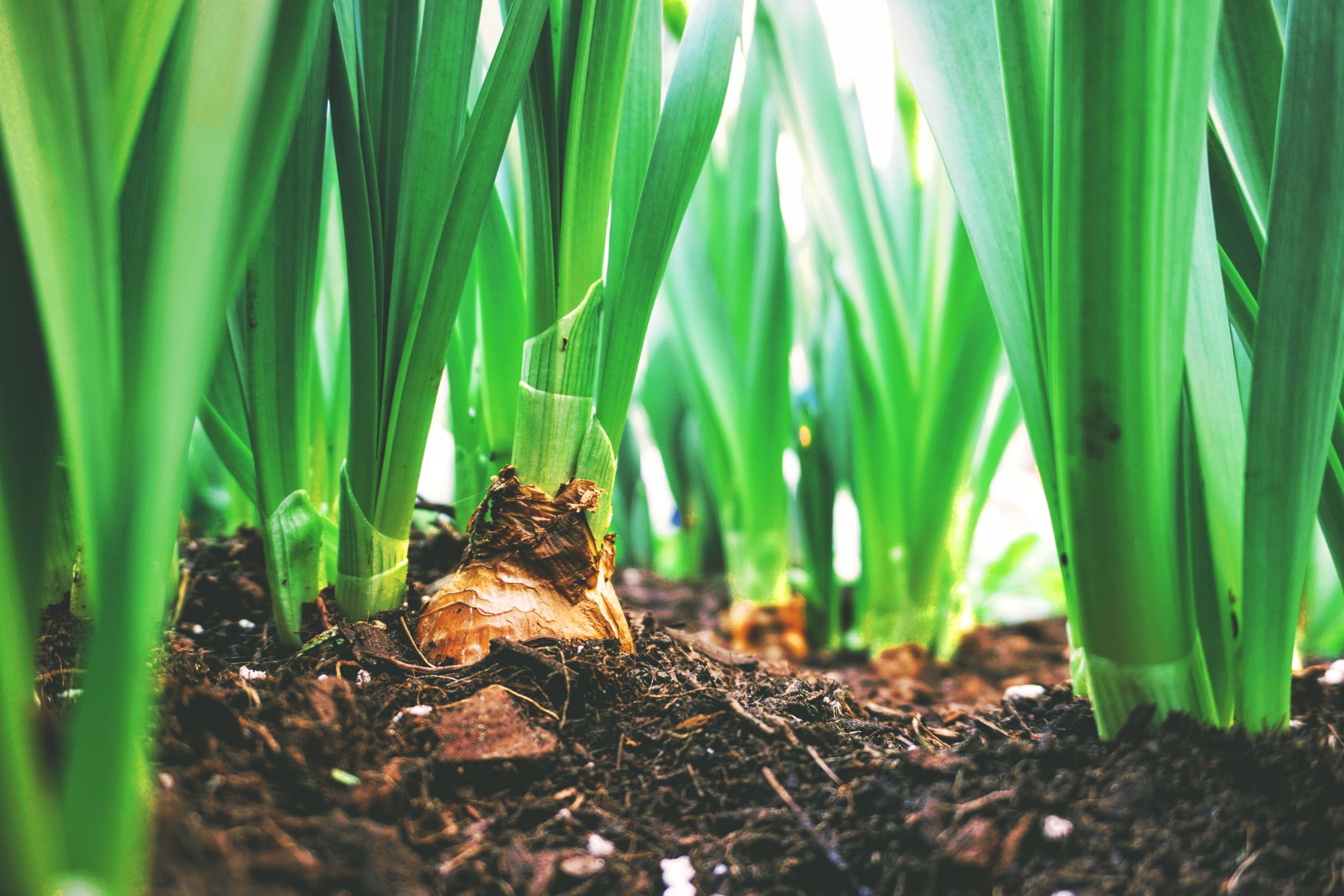To Lose Soil Biodiversity is to Lose Food
Serena Caucci, Yein Kim, and Lulu Zhang

Human health relies on organisms in our soils – they help produce healthy food by improving soil health and nutrients. The more diverse the soil organisms, the greater is the resilience, productivity, and functioning of the soil ecosystem. Soil biodiversity is essential for agriculture to be productive and at the same time sustainable. Unfortunately, the biodiversity in agricultural soils has suffered considerably from human activities. Worldwide, one out of six vital species associated with soil has been reported to be close to extinction due to habitat loss, deforestation, overexploitation, and soil pollution (FAO 2019). A loss in biodiversity in soils means losing food for humankind.
The question is: which human activities contribute to soil pollution and thus reduce our soil biodiversity, and how can we address this?
The exponential growth of population worldwide has led to the quadruplication in food demand. Farmers find great incentive to increase food productivity. This has resulted in an extensive use of agrochemicals, especially pesticides and fertilisers, which are intended to support food production but have in turn become major drivers of soil pollution. Pesticide residues in agricultural soil negatively affect the equilibrium of microorganisms in it. The persistence of some of these pollutants in soil can last for decades and, contrary to water and air quality that could be re-established in a short time, a breakdown in soil functions can be irreversible and the use of these soils for food production compromised.
Plastic residues from mulching practices or greenhouse cultivation are major causes of soil contamination – chemical components in plastic cause a decline in microbial life (Song et al. 2018; Wang et al. 2016) and change the physico-chemical properties of soil (Qi et al. 2020).
Slightly less straightforward is the indirect pollution from industrial and urban diffuse sources. The discharge of large amounts of pollutants into the environment reaches arable lands via water or is transported via atmospheric deposition, waste disposal, and effluent leakage. Mining and metallurgical and pharmaceutical activities can generate dust deposits in soil far from their sites of origin while poorly managed sewage from a smelter could also reach freshwaters and enter the irrigation system. The implementation of water reuse in agriculture has been an effective solution to resource efficiency, especially in water-scarce areas. However, the application of untreated or poorly treated wastewater containing classic and emerging pollutants can irreversibly damage the biodiversity composition of soils and thus interfere with their ecosystem functioning (Jaramillo and Restrepo 2017).


Current knowledge on how pollution relates with the different inhabitants of soil biological communities is still sparse and unfortunately often only looks at one aspect of biodiversity. The big picture is still missing. For plants, the long-term survival of rare species is dependent on interactions between other plant species and shared pollinators (Gibson et al. 2006), whereas similar interdependencies between species underground may be less obvious (Wardle 2006) thus risking not being considered in advancing biodiversity protection and sustainable land management.
The reconciliation of biodiversity conservation and food production is pressing yet challenging due to a lack of comprehensive and holistic knowledge on the matter and awareness of the uniqueness of soil biodiversity. For example, there is no easy solution such as adding biodiversity to agricultural soils. Ecosystem structure and characteristics, including crop type, soil pH, soil organic carbon, and nutrients, among others, determine whether certain soil biodiversity can exist. Despite artificial means to introduce biodiversity to an agroecosystem, the soil biodiversity will not last long without appropriate conditions. So far, our knowledge is still limited to the functions of a few species – a small piece of the whole picture. Therefore, more efforts should be carried out towards a better and more holistic understanding of biodiversity and its functions.
In the short term, soil remediation techniques using microorganisms and plants are helpful to restore the biological community and recover soil quality affected by contamination caused by heavy metals and pesticides. In such cases, the added microorganisms and bacteria can help to convert pollutants into organic compounds (Guo et al. 2017). In the long term, it is more important to protect agricultural soils and microbial diversity from degradation and contamination than to remediate. Remediation efforts are often costly and take a considerably long time before taking effect. A more effective way – both in terms of time and cost – to sustain and enhance soil microbial diversity is to prevent pollution from diverse sources, such as regulating the application of agrochemicals and use of properly treated wastewater and to maintain favourable ecological conditions for soil biodiversity during cultivation, such as the use of crop cover and rotation or organic farming.
The UN Food and Agriculture Organization (FAO) suggested guidelines on how to preserve and enhance soil biodiversity in the long term: setting up monitoring for soil biodiversity, supporting healthy levels of soil organic matter, use of pesticides based on national regulations, and use of nitrogen-fixing leguminous species, among others (FAO 2018). As shown by FAO, avoiding losses of soil biodiversity requires a more holistic approach and interdisciplinary studies to advance our understanding of the main drivers for soil biodiversity gains and losses, and interlinking practical measures to recover, sustain, and enhance these drivers for good. Soil biodiversity is a valuable resource that is essential for sustainable agriculture and food security. Global efforts are thus urgently needed to preserve it.


References
FAO. 2018. "The Voluntary Guidelines for Sustainable Soil Management".
FAO. 2019. The State of the World’s Biodiversity for Food and Agriculture. J. Bélanger & D. Pilling (eds.).
Gibson, R.H., Nelson I.L., Hopkins G.W., Hamlett B.J., Memmott J. 2006. "Pollinator webs, plant communities and the conservation of rare plants: arable weeds as a case study." J Appl Ecol 43:246–257.
J. Wang, S.H. Lv, M.Y. Zhang, G.C. Chen, T.B. Zhu, S. Zhang, Y. Teng, P. Christie, Y.M. Luo. 2016. "Effects of plastic film residues on occurrence of phthalates and microbial activity in soils." Chemosphere 151:171–177.
M. Guo, Z. Gong, R. Miao, J. Rookes, D. Cahill, J. Zhuang. 2017. Soil Biology & Biochemistry. 113:130–142.
María Fernanda Jaramillo and Inés Restrepo. 2017. "Wastewater Reuse in Agriculture: A Review about Its Limitations and Benefits." Sustainability 9:1734.
Song, Y., Xu, M., Bian, Y., Wang, F., Yang, X., Gu, C., Jiang, X., 2018. "Long-term plastic greenhouse cultivation changes soil microbial community structures: a case study." J. Agric. Food Chem.
Wardle, D.A. 2006. "The influence of biotic interactions on soil biodiversity." Ecology Letters 9:870–886.
Yueling Qi, Adam Ossowicki, Xiaomei Yang, Esperanza Huert Lwang, Francisco Dini-Andreote, Violette Geissen, Paolina Garbeva. 2020. "Effects of plastic mulch film residues on wheat rhizosphere and soil properties." Journal of Hazardous Materials 387. 121711.
Photo/video credits (in order of appearance): Pexels/Maarten van den Heuvel; Pexels/Miguel Á. Padriñán; Unsplash/No One Cares; Pexels/Pok Rie; Pexels/Quang Nguyen Vinh; Pexels/Sippakorn Yamkasikorn
